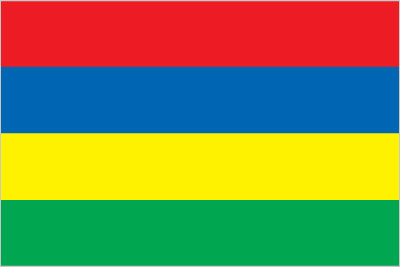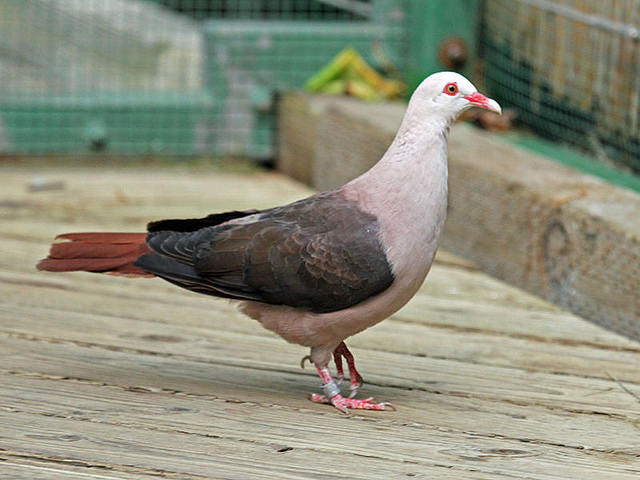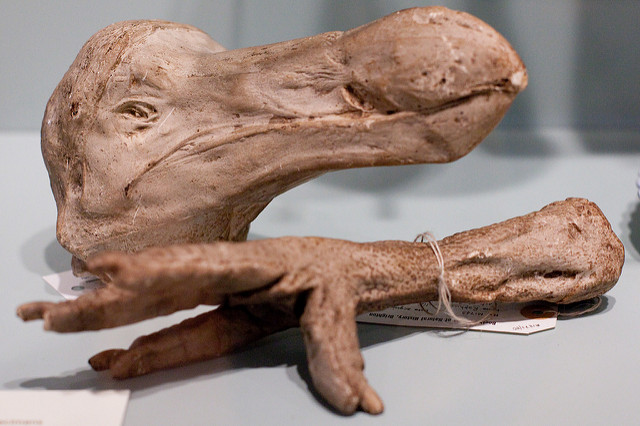Last updated on August 27th, 2019
In the Indian Ocean over a thousand miles from the southeastern coast of Africa is the gorgeous island of Mauritius. With wonderful sandy beaches, coral reefs, forested mountains and beautiful national parks and gardens, there is much to see and do on a vacation here. Read on for 53 interesting facts about Mauritius and learn more about its history, culture, people, economy, tourism, and more.
History
1. Mauritius was uninhabited by humans until the Arabs landed there in the Middle Ages. They called the island Dine Arobi. The Portuguese came next, calling the island Cine. Neither stayed.
2. The Dutch Republic established a colony in 1638, naming it after Prince Maurice van Nassau. This colony lasted until abandoned in 1710.
3. Five years later the island became a French colony named Isle de France. Due to its strategic position, the island was known as the “star and key” of the Indian Ocean.
4. As an important base on the trade routes from Europe to the East before the opening of the Suez Canal, it was fought over by the French and British during the Napoleonic years.
5. Though the French won the naval battle of Grand Port, the British forced the surrender of the island three months later in December 1810. The French settlers were allowed to keep their land, French language and French laws.
6. Under British rule Mauritius became the Empire’s main sugar-producing colony. When slavery was abolished by Parliament in 1835, the planters received compensation for their African slaves.
Flag of Mauritius

7. The planters then brought in a large number of indentured laborers from India to work the sugar cane fields as well as almost 9,000 Indian soldiers.
8. In 1872 two lawyers were sent from England to form a Royal Commission. They recommended measures that positively affected the lives of those Indo-Mauritian laborers over the next 50 years.
9. Mahatma Gandhi visited the island in November of 1901 and encouraged these workers to become more active in issues affecting their well-being.
10. Universal adult suffrage was instituted in March 1959. The country became an independent state in March 1968 and a member of the Commonwealth of Nations in 1992.
Mauritius on the map
Environment and Weather
11. The Republic of Mauritius is composed of that island as well Rodrigues, Agalega, and the Saint Brandon archipelago.
12. Mauritius itself is encircled by a broken ring of mountain ranges composed of extinct volcanoes, streams, waterfalls and rivers, all covered in forests.
13. Its surrounding lagoons are protected from the open sea by the world’s third largest coral reef, which surrounds the island. These reefs protect beach goers from attacks by sharks and jelly fish. There are 93 miles(150 km) of white sandy beaches on Mauritius.
14. The warmest months are January and February. The coolest months are July and August. The best months to visit are from May through December.
15. Several tropical cyclones generally hit the island between January to March annually.
16. Prevailing trade winds keep the eastern side of the island cooler and cause more rainfall there than elsewhere on the island.
17. Only two percent of their natural habitat remains so many of the 700 species of indigenous Mauritius plants are threatened with extinction. Introduced plants and animals compete and destroy their seedlings and fruit.
18. Through the Mauritius Wildlife Fund, the island has worked hard to become an international standard for the protection of endangered species and natural resources. Some of the world’s rarest birds are here, including the Pink Pigeon.

The Dodo
19. Before the arrival of the Portuguese in 1507, the absence of terrestrial animals on the island allowed for the evolution of flightless birds and large reptiles on Mauritius, such as the four million year old relative of the pigeon called the Dodo.
20. The 50 pound Dodo had no predators to attack them and gradually they lost their need (and therefore their ability) to fly.
21. As Mauritius became a stopover for sailors and their ships on the spice trade route, the Dodo provided much appreciated fresh meat for the men on their layover.
22. When the Dutch settled on the island, their ships brought rats, pigs, and monkeys to the land. These animals hunted and ate the Dodos’ eggs from their ground nests. Eating the eggs and the adults significantly reduced the Dodo population.
23. Within a hundred years of the arrival of man the once plentiful Dodo became a rare bird. The last one was killed in 1681. Today it is the national bird of the country, even though it is extinct.

People, Economy and Culture
24. Mauritius has the highest population density of any African country. The multiethnic population features Indian, African, European (predominantly French) and Chinese people.
25. French and English are both spoken here, but the mother tongue of most of the islanders is Creole, a patois of French.
26. Though many of the people look and dress like Indians, they don’t speak the language. Mauritius is the only country in Africa where Hinduism is the dominant religion, however.
27. Sugar and tea exports are the mainstays of the economy, with tourism second. Mauritius received the World Leading Island Destination Award three times this decade.
28. Plans are underway with assistance from India and Japan to revitalize the island’s fishing industry.
29. The capital city is Port Louis. This is the country’s economic hub and is home to over 40 percent of the country’s population.
30. Public and national holidays revolve around Hindu, Christian, Muslim and Chinese religious festivals.
31. Mauritius’ cuisine is a combination of Creole, French, Chinese and Indian influences. Spices are an important part of all dishes.
32. Mauritian poet and playwright Dev Virahsawmy has translated several of Shakespeare’s plays into Mauritius’ Creole. These have been performed in the island’s theater.
33. ‘Sega’ is the national folk dance of Mauritius. Its African origins can be traced back to the 18th century when it was performed by slaves as a way to forget their miserable existence.
Continue reading on the next page…
